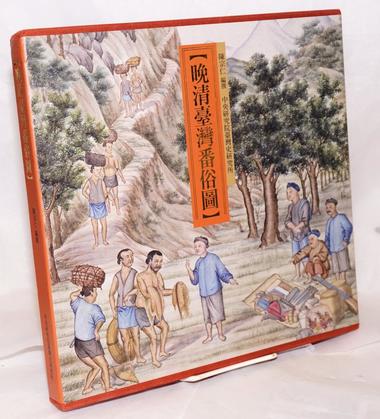
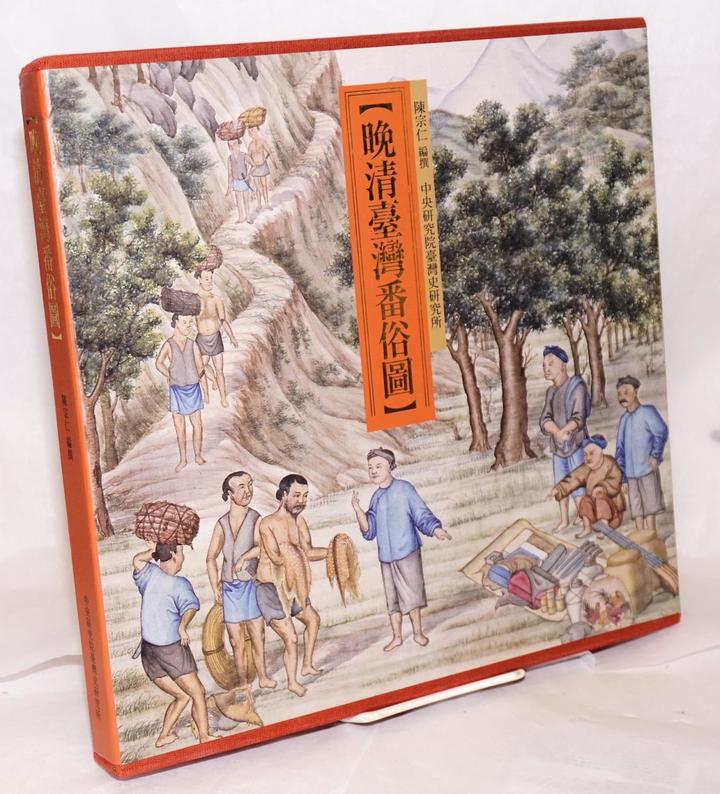
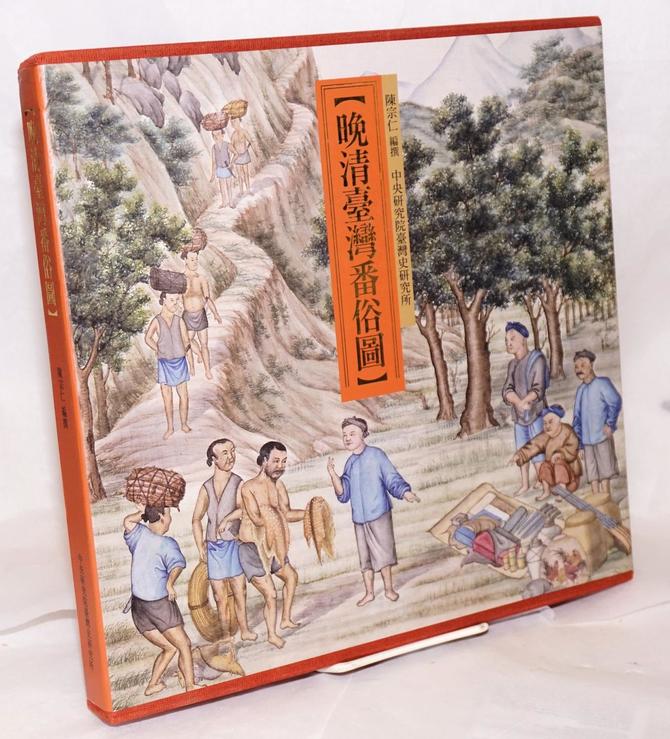
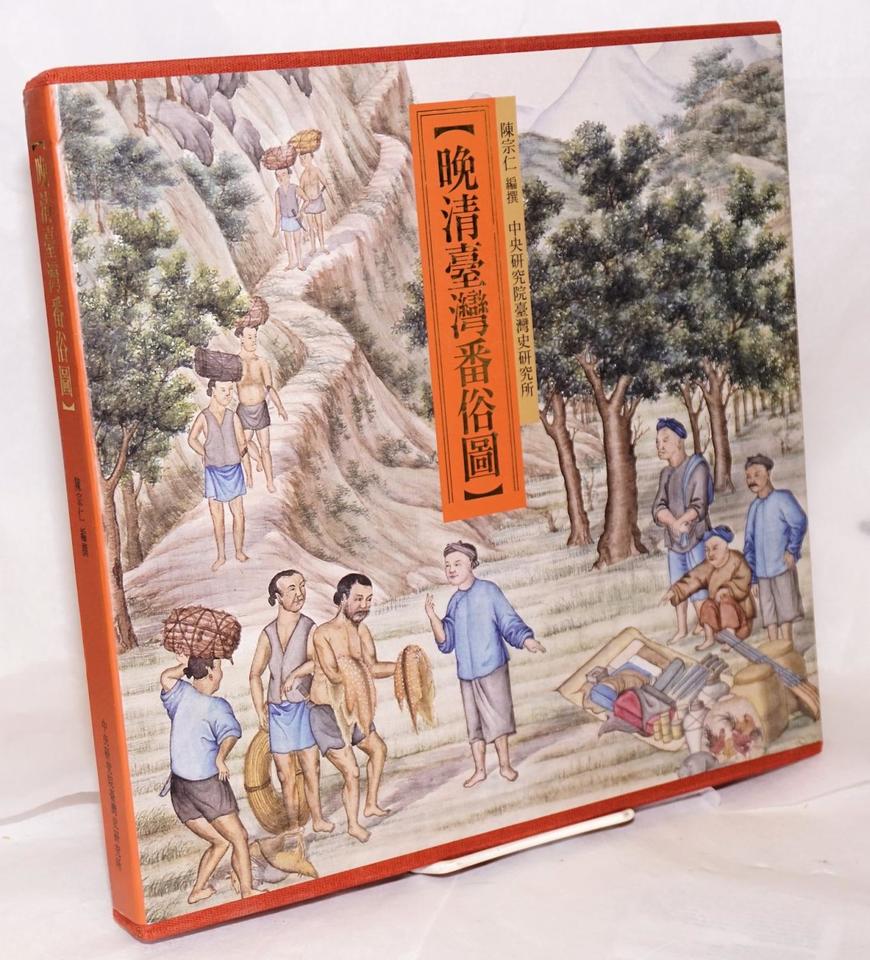
The literature of China appears to be one of the most ancient. Chinese literature is also the largest treasure in the world. The development of Chinese literature was sometimes difficult and contradictory caused by various social and political problems in the country. Despite all the troubles and difficulties, the Chinese literature managed to preserve and multiply its strength. Chinese literature is based almost on folk literature, which is the main part of national culture. Chinese literature is considered to be the main treasure among literary monuments. It is caused by the following factors, such as the outstanding history of the Chinese nation, a great diversity of genres in art, rich and special culture of the country, many talented and gifted writers and poets and unique style of work. The following paper discovers Late Qing period in the Chinese literature, examines features of utopia in the science fiction of that period.
The literature of China is trying to find new forms and means of expressions, because it doesn’t stand still, but changes all the time in order to keep pace with modern society. Modern Chinese literature presents an independent way of thinking. Liberal writers appeared in Chinese literature at the end of the 20th century. After this period Chinese literature started to approach the most influential positions in the world literature and reached the highest point of its historical development (Wang).
The Chinese literature caused a revolution and gradually changed the concept of literature, created a new literary method, a method of writing a literature work in modern Chinese language. These events happened at the beginning of the twentieth century. This new literature brought the mood of experimentation. Lu Xing, Shen Tsunwen, Zhang Ailin, and others are prominent representatives of modern Chinese literature. They had a great literary style, but their works were influenced by Europeanization, that is why these works can’t be considered quite mature. After several decades of challenges, literary language achieved its maturity until the 80-s and 90-s. Except for some writers who tried to refresh the mysterious and charming Chinese language. There were also some writers influenced by time and experience of predecessors who wrote with language which tended to sophistication.
Late Qing is a period in the history of Chinese literature which dates back to 1895-1911. The scientists state, that modern Chinese literature could not appear suddenly in the New Culture Movement. It appeared during the late Qing period, which was a kind of intellectual depression, caused by the national crisis. The writers tried to find the solutions for China’s troubles out of their own tradition. They translated works written by Western writers, which captured the readers with interesting new ideas and opened the window to exotic and extraordinary cultures. The most famous were the translations of Yan Fu (1864–1921) and Lin Shu (1852–1924). Judging by the stylistic features, this literature demonstrates Chinese as well as Western traditions of writing. The most commonly used subjects for this literature contain historic crucial points, social problems, and changing values. In this case, Late Qing is considered to be modern. The prominent writers of Late Qing are Wu Woyao, Li Boyuan, Liu E and Zeng Pu (Wang).
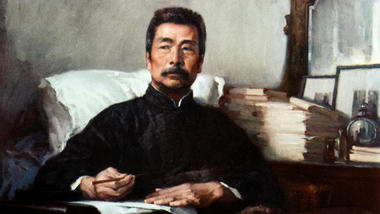
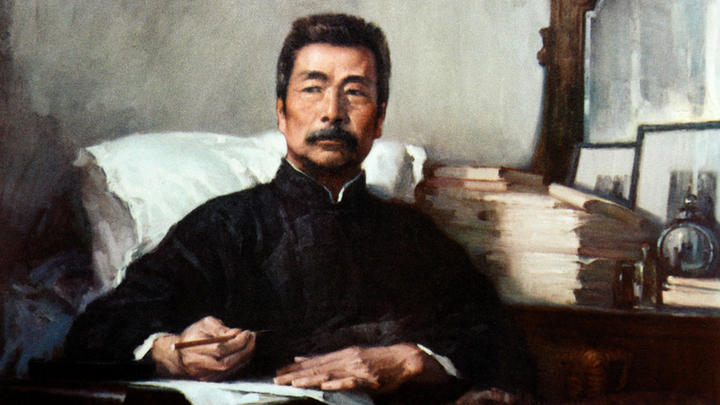
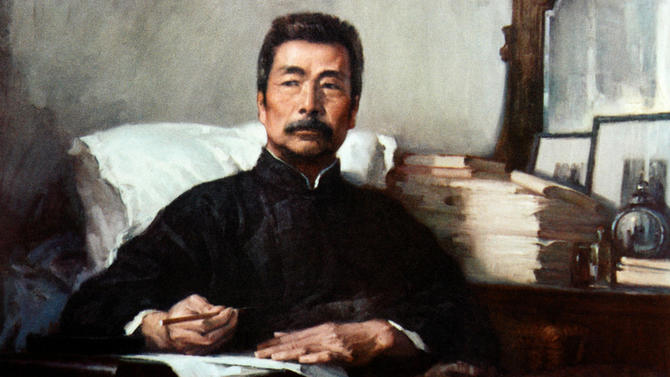
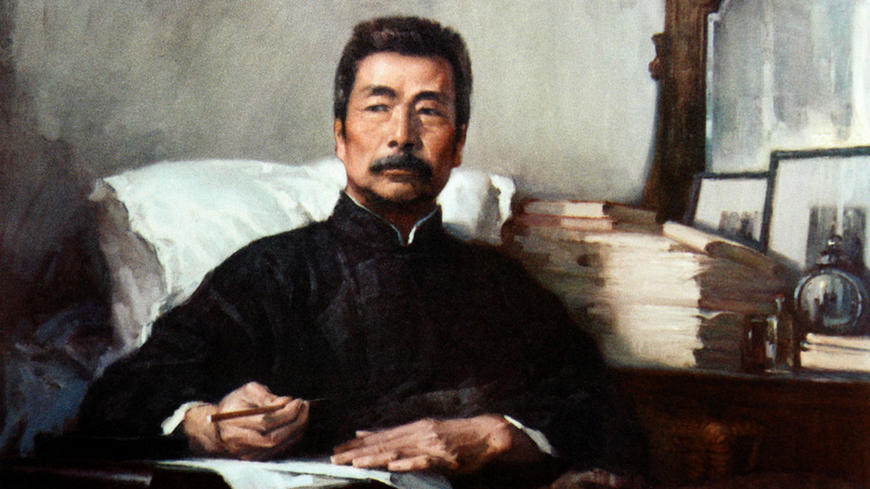
Utopia in literature is regarded as a picture of the ideal society, where people are absolutely happy and live in conditions of perfect state structure. The utopian consciousness is peculiar to any type of society where different contradictions take place. It is natural that regarding the social factor, the utopian consciousness is more common above all for the lower classes of the society. The representatives of this social group face with different existing contradictions more often.
One should keep in mind that a lot of utopian ideas emerged in literature with the help of science fiction. The utopian novels always played an important role because they served as a form of realization and evaluation of the future. As a rule, utopia develops from the criticism of the present and created the further movement of the society, different possible ways, and variants for the future. This function of utopia exists also in modern time despite the quick development of futurology and science fiction which are also aimed at foreknowledge.
Utopian studies from the West support the idea that utopia itself is a western concept, which is acceptable for people with a classical and Christian outlook. The number of Utopian stories written in non-western traditions can’t be compared with a great variety of Western utopian stories. Recently more and more attention is given to studying utopia and Chinese utopia is not the exception in this case. The studies examine the pre-modern utopia of China and utopian stories written during the Chinese Revolution which appeared in the 20th century. As for the sparkle of modern utopia in China during the Late Qing, the most prominent utopian thoughts were presented by Hsiao Kung, Wolfgang Bauer, and David Der-Wei Wang. It is also important to include such utopian writers as Wu Jianren and Liang Qichao who demonstrated the ideal world in different ways.
It is worth mentioning, that the interaction between various utopian traditions is very obvious. Utopian features from the West came to China as a part of Western learning (xixue). In comparison with the most outstanding Western ideologists, utopian stories criticized capitalism. In combination with Chinese writers’ remarks about the civilization of the West, Chinese imagination was inspired by Western utopian ideas. West was considered to be a better place in the eyes of Chinese writers. In other words, West was a kind of utopia for China. The utopian stories written by Chinese authors were filled by Confucian subtext. That was a unique style best demonstrated by Wu Jianren. He wrote, “A New Story of a Stone” (1905), where he realizes values of Confucianism in modern industrial society. Moreover, it is important t remember the role of Japan. Many late Qing writers were influenced by Western utopian movement and utopian stories through Japanese translations. These writers borrowed many modern concepts via Japan.
There are not so many investigations of modern Chinese utopia. Neither Chinese nor Western scientists specifically dealt with late utopian writers’ remarkable concern with the world. After reading late Qing utopian stories it is impossible to ignore a close association of China with the world.
Attached file: Fantastic discourses and dreams of utopia in Late Qing China.docx
Click download to get access to a full version of the paper
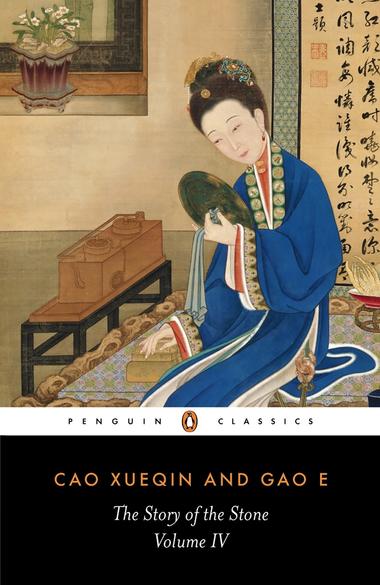
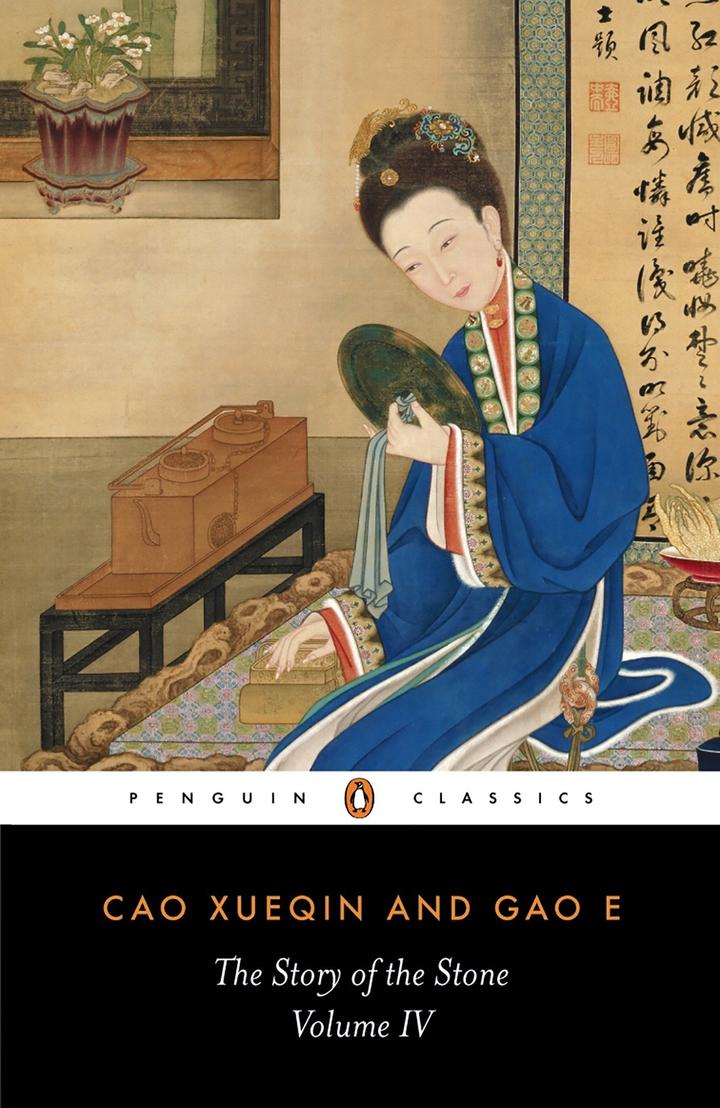
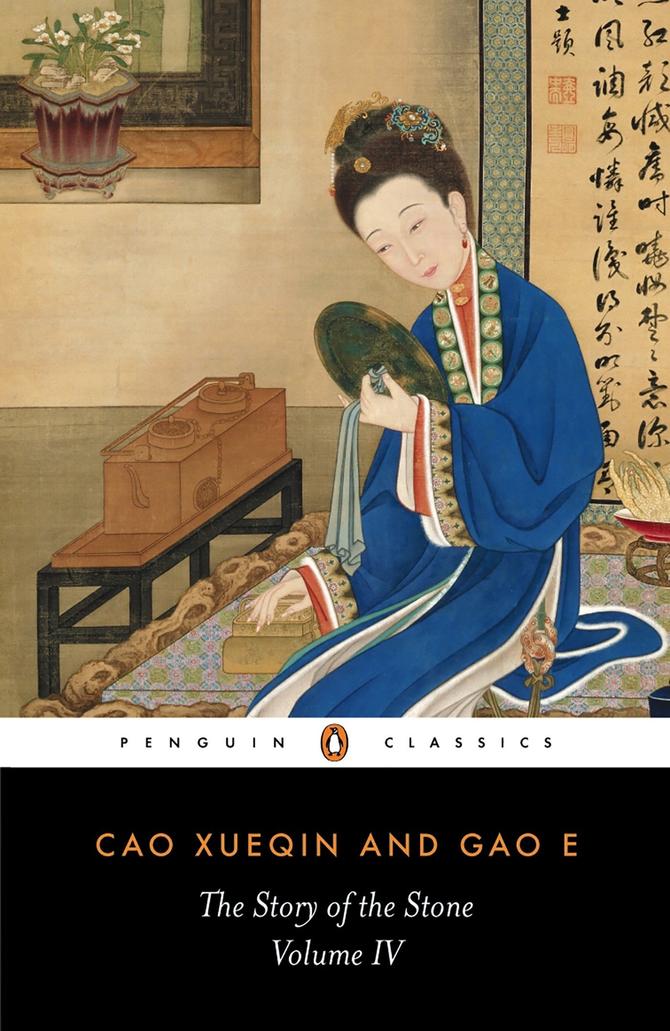
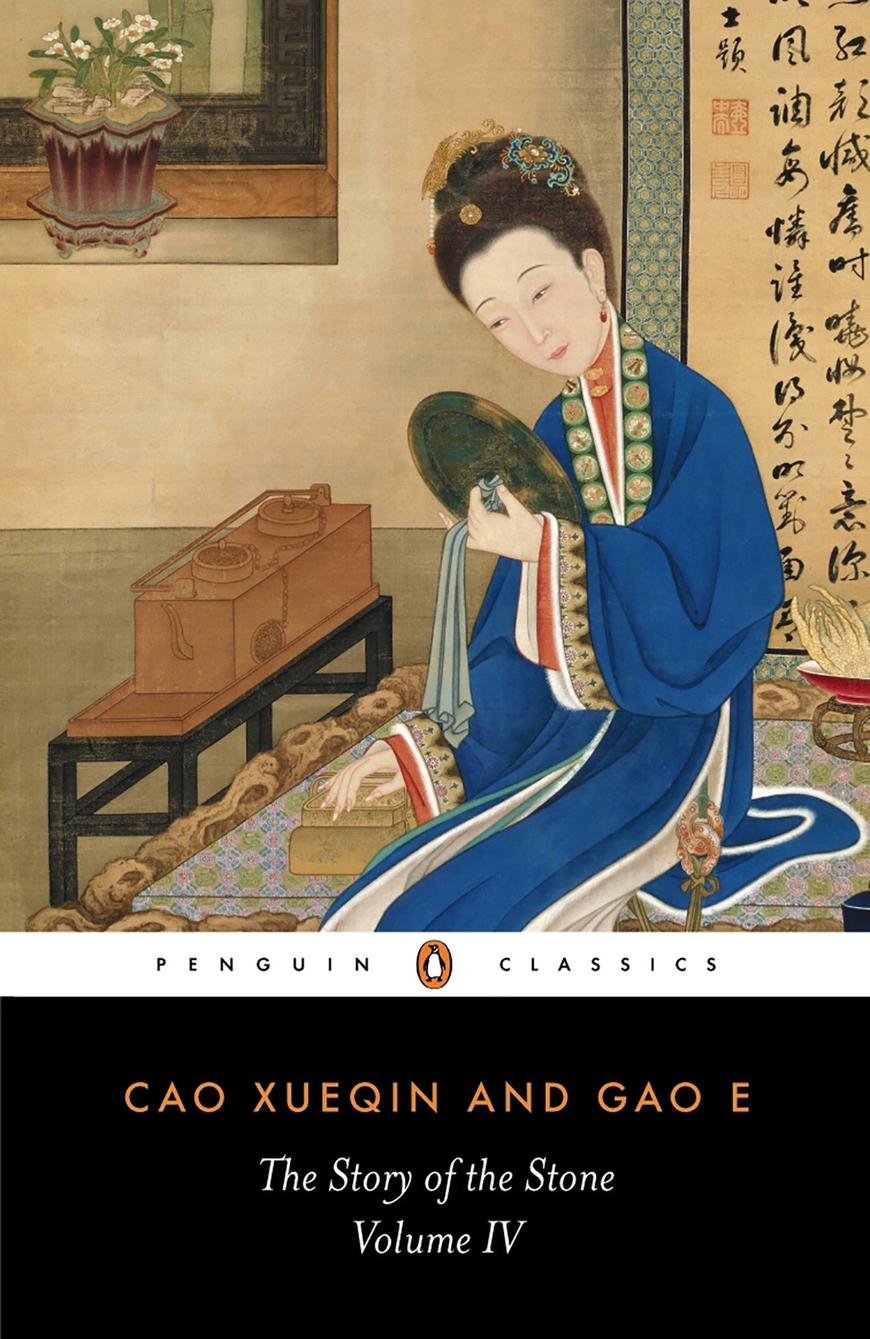
“The New Story of the Stone” is an imagined utopia. The story suggests the idea that morality and standards of civilization go hand in hand with the development of science. All in all, the civilized society must be advanced both in technological and ethical aspects. The scientific discourse is filled with this sort of morality, where the moral weight is established with the help of a fantastic plot which adds to the Chinese morality a scientific value. “The New Story of the Stone” represents both science fiction and utopian story. The fictionality plays an important role in bringing to life the future science. The genre of science fiction appeared in on the West at the end of the 19th century. It was the end of the industrial revolution. Western science fiction demonstrated a great variety of literary forms, themes, and images, from imaginary machines to the dimming of liberal horizons and the catastrophe of mass-culture technological regimes.
"New Tales of Mr. Braggadocio" written by Xu Nianci is an example of Chinese science fiction. It is a symbol of the crucial moment between modern and traditional cultures of China. Xu Nianci is a prominent writer and translator belonging to the Qing dynasty. He was inspired by a Japanese writer who wrote “Tales of Mr. Braggadocio”. This fiction opens the readers an incredible world. It is written using the classical language which is called wenyan (Nianci).
The usage of various techniques in writing such as analogy and irony play a vital role. The story tells about a scientist who wants to reanimate China with the help of technologies and science. Some new scientific concepts and terms were introduced in “New Tales of Mr. Braggodocio”. Many episodes in this fiction demonstrate laws of geology, physics, and engineering. It would be very exciting for an ordinary Chinese reader, who would never face with such a description in a traditional way. There is also one scene, which symbolizes military affairs in China. This episode describes the main narrator Mr. Braggodocio on a ship. The people who were on this ship said, that they bring a fleet of battleships to China. From a linguistic point of view, Xu Nianci skillfully uses literary and ordinary Chinese. He translates different concepts of science using philosophical terms which are common for late Qing period. “New Tales of Mr. Braggodocio” is created in a style of Daoist classic (the Zhuangzi), which dates back to the 3d century. The direct quotations are used by Mr. Braggadocio from the Zhuangzi. This fictional story appeared in well-known press (Nianci).
Xu Nianci prefers to present science with the help of the structure of the pre-Han model. This is a form of linguistic invention, which gives the reader an opportunity to imagine himself in the past, not in the future. The language of Zhuangzi shows the modern world the way Zhuangzi would have seen it. Xu Nianci stated, that the best way to describe present is to revive the language of the previous time. Zhuangzi is storage of texts, which denies the ability of human reason to comprehend the nature of the universe (the Dao). To such an extent it is possible to read Mr. Braggadocio as unscientific and against language reform. Despite the fact, that Xu Nianci uses idiosyncratic vocabulary, he also refers to the Judeo-Christian perception of soul and body (Nianci).
“New Tales of Mr. Braggodocio” by Xu Nianci is an example of science fiction. The work carries a symbolic meaning. It is connected with an important period for the development of modern culture influenced by the traditional one. This piece of science fiction is quite short, but it reveals an unbelievable atmosphere of a special world. There is also an interesting point about how Mr. Braggadocio imaginatively explored the state and conditions on Venus. His findings didn’t really have much in common with Darwin’s theory of evolution (Nianci).
“New Tales of Mr. Braggodocio” suggest an argument between religion and science. Mr. Braggadocio says that when he was young he believed that there exist the heavens and hell. He compares this point of view the scientific ideas as for the universe concerning principles of nature. Moreover, the world of Mr. Braggadocio is presented in the suggested work as a place where it is impossible to live.
Lu Xun is an outstanding representative of Chinese literature and education. He suggests that the transformation of art caused the revolution in China during the early 20th century. Lu Xun appeals to a new form of art which could give passion and voice to people. That was a woodcut print. He was intended to promote foreign woodcut prints which were known at the Modern Woodcut Movement. This movement had a goal to improve and unite the Chinese nation. Lu Xun conducted the lectures and organized different events, where young and talented artists had an opportunity to hear his opinion about this new form of art. Lu Xun thought, that it has a big potential and is able to modernize art. The beginning of Lu Xun’s writing experience was connected with the beginning of the May 4th Movement. It was a movement with a social and political context. This movement appeared among young people who wanted to make China modernized with the help of Western ideas. His works criticized Chinese tradition. Lu Xun supported modernization and sooner became one of the main leaders in this movement.
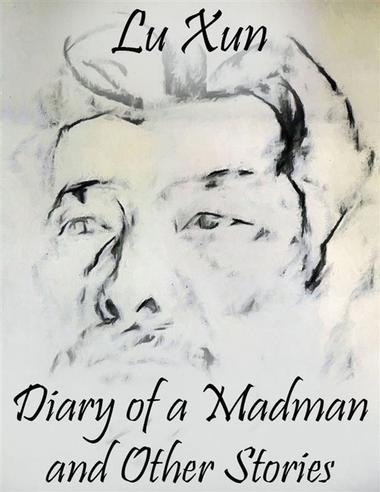
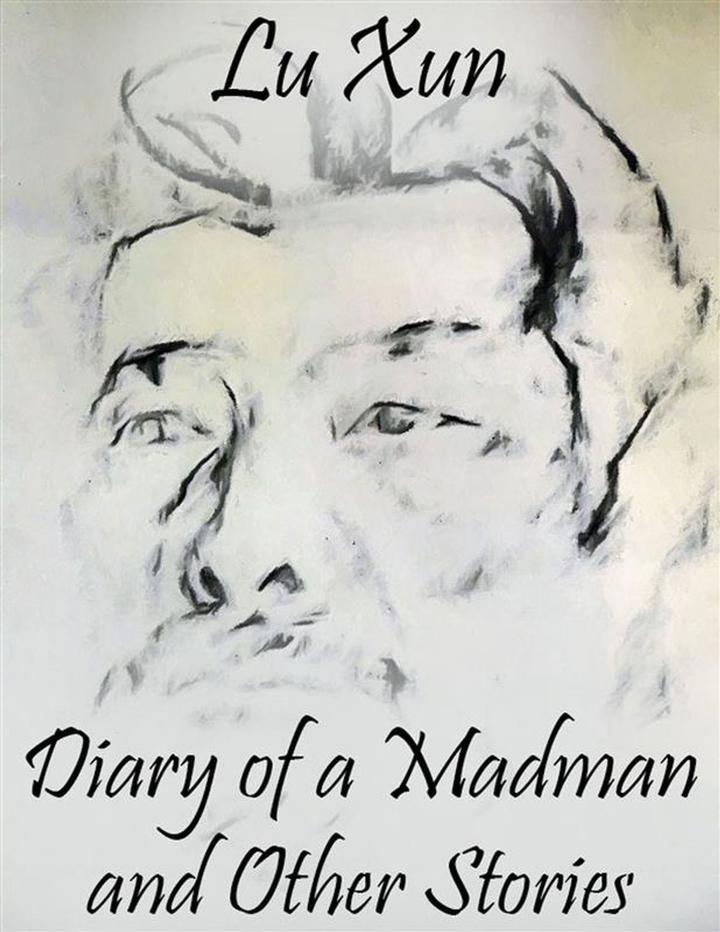
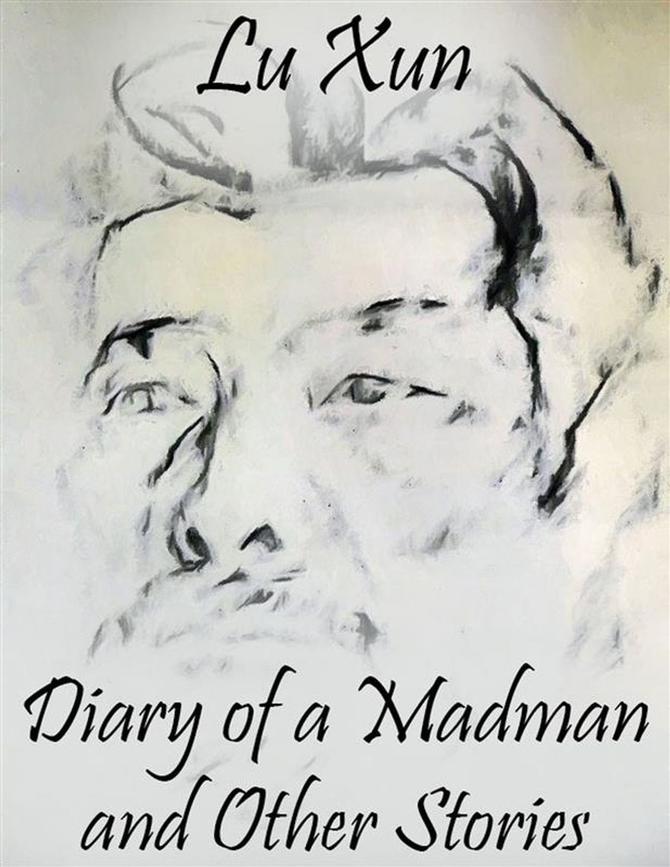
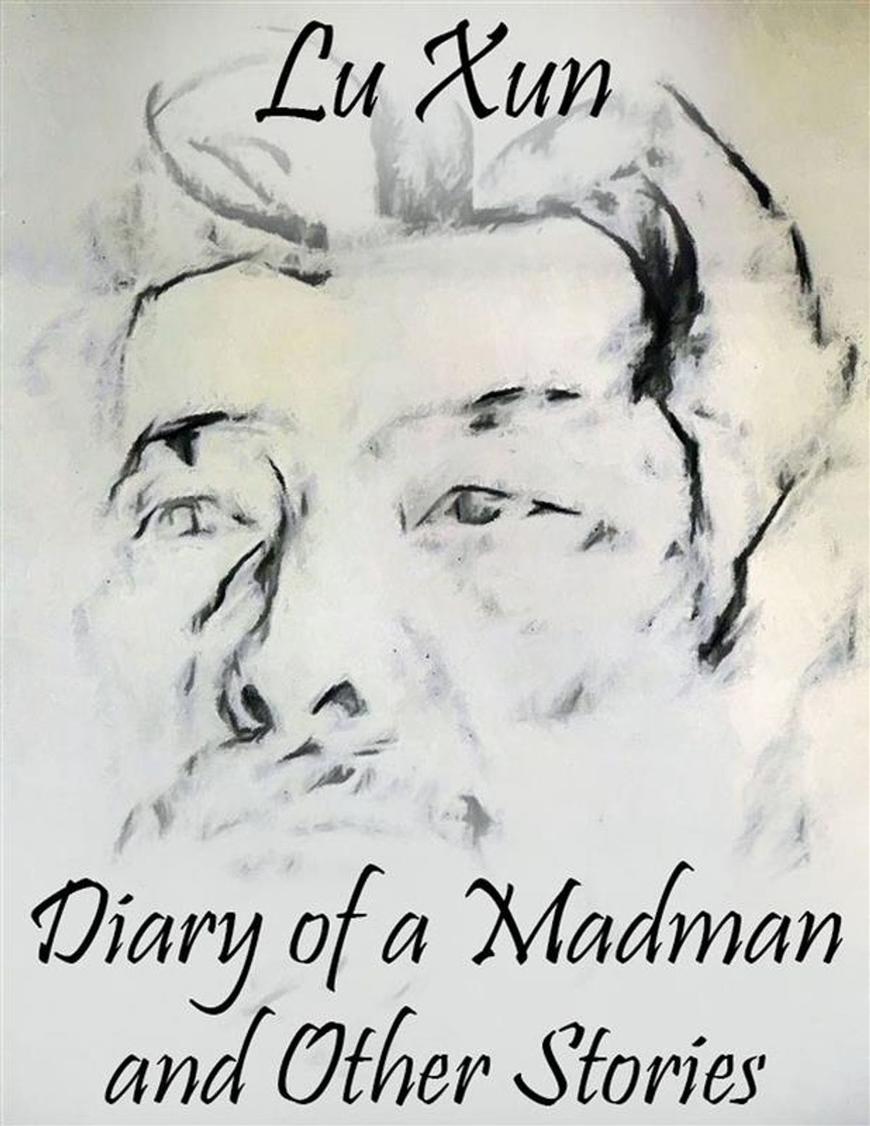
Lu Xun’s first story is called “A Madman’s Diary” became a great splash in Chinese literature. This story was published in 1918. First of all, it is characterized by the usage of colloquial vocabulary and at the same time, the author uses classical language, which may be hard to read and understand. At that time writers had to use classical language in their works instead of colloquial one. In the suggested story Lu Xun criticizes the dependence of China on tradition. He uses different metaphors in order to compare this dependence with cannibalism. A few years later Lu Xun published “The True Story of Ah-Q”. This work criticizes Chinese psyche which the character Ah-Q symbolizes. He is unpleasant but always considers himself to be superior to other people even after being humiliated and disrespected by them.
“Art of Creating Humanity” written by Lu Xun tells about a scientist who has a strong intention and wants to create humanity. This crazy scholar uses technology and chemicals to manufacture humans artificially. He treats his relatives and friends in a bad way completely neglecting them. Finally, he manages to create the so-called form of life which appears to be a terrible monster. The scientist understands with time, that he has spent too much time creating his humanity. But this form of life is just a nightmare, a monster without heart and soul, something totally inhumane. Now the man is ready to destroy his terrible invention in order to save his children until it is too late. Lu Xun tried to find the answer if classical culture could create humanity or something else. He thought that the mentality of the Chinese nation and social structure didn’t form a spiritually comprehensive individual (Xun).
“The Art of Creating Humanity” by Lu Xun appeared to the readers when the author was studying in Japan. First, this example of science fiction was regarded as a translation of the work created by the American writer, Luise Jackson Strong. However, it is important to emphasize that Lu Xun didn’t have the intention of translating the work mentioned above. It is more obvious that he grasped the ideas from the Japanese translation. Moreover, Lu Xun he used the adopted variant of the work written by Hara Hoitsu. It is worth mentioning that Hara translated only a small part of the work written by Strong. In addition, Hara took freedoms while working with an abstract he translated. Regarding works written by Hara Hoitsu and Lu Xun, it is necessary to underline, that both these works reveal only the first part of the work written by the American writer, Strong. In this part, the author describes how the main character experienced the feeling of triumph just as he produced a specific sprout of life. The opening part of the text written by Strong wasn’t translated by Lu Xun and Hoitsu. This part shows a sudden change regarding the emotional state of the main character. He felt both happy and proud on one hand and on the other hand, he felt pity and pain of what he has invented (Xun).
The creature which was made by the main character combined the features of a human being and an animal. It was regarded by the main character himself as an impersonation of humanity. After a short period of time, it became obvious that this strange creature managed to hold the needs and desires which are acceptable for the representative of an animal world. Moreover, this creature vividly realized the aim of its existence. After a while, there appears a distention on the chest of the creature, which gradually transforms into another creature. With time there will be a great number of those creatures which will be regarded by the main character as monsters. They start chasing and searching for the flash of people. When the main character realizes that his family, wife and children and endangered by these so-called monsters, he makes a decision, that they have to be abolished. The main character manages to survive while fighting and decides to set up new priorities and concentrate on his family and children. He says his wife, that he dedicates himself to the family (Xun).
“The Art of Humanity” is an example of a work with allegorical features. It suggests the idea of the fact that everything bad in the world and decreasing social morality requires the creation of something new which gives an opportunity to conduct natural selection. According to this idea, it gives grounds to make a conclusion that it is possible to require the development of social politics. The work under consideration helps the reader to make an assumption that the state of the world has quite a pessimistic mood and it is extremely hard to change the situation (Xun).
Chinese literature is extremely deep and multi-sided. The development of any literature is always influenced by the history of a particular country. The development of Chinese literature was not easy, because the history at that time was quite cruel and violent. One of the most important periods in the development of Chinese art was the adoption of Western ideas. There was established a new educational system, which led to fundamental changes in art. This period became important for literature as well. Chinese literature needed to find new ideas and forms of expression. There existed Chinese traditions, which gradually were mixed with Western traditions and something new appeared. Writers tried to adapt to this new way of writing.
The Utopian literature of China is quite extensive. During the time of its existence, this type of literature experienced booms and busts, success and misfortune. Nowadays it is hard even to imagine the general view of history without utopian works. A utopia is a specific form of social consciousness which includes such features as comprehension of the social model, social critics, an encouragement to escape from the gloomy reality and also the attempts to anticipate the future of the society. Every nationality and country make a contribution to the development of the utopian thought and China is not an exception. The following paper analyses the works of probably the most prominent writers who belong to the Late Qing period and wrote utopian novels and stories in the genre of science fiction. The greatest attention was given to Lu Xun’s “The Art of Creating Humanity” and Xu Nianci’s“New Tales of Mr. Braggodocio”. Both these works contain the features of utopia which is revealed with the help of plot, composition, and peculiarities of the language the writers used.